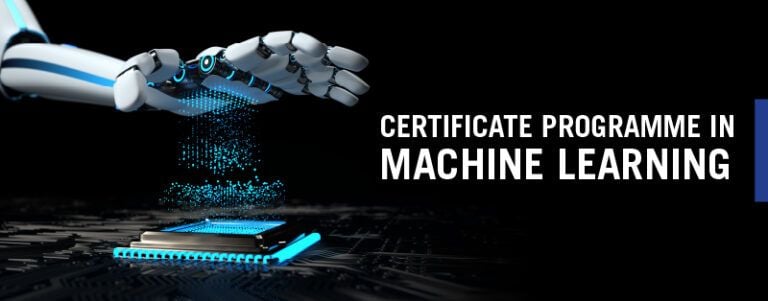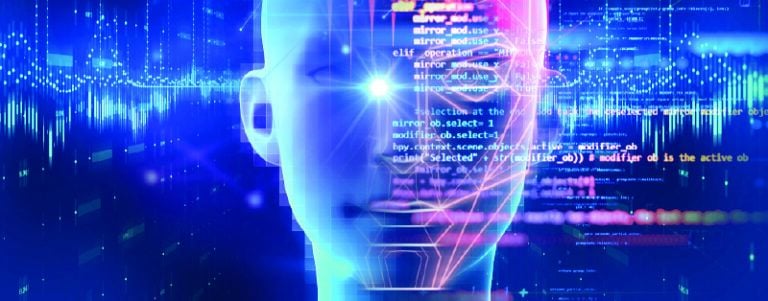Why Retrieval-Augmented Generation is the Key to Accurate Information

- What is Retrieval-Augmented Generation and How Does it Work?
- How Can Retrieval-Augmented Generation Benefit Digital Marketers in Their Strategies?
- What Role Does AI Technology Play in the Future of SGE?
- How Does Machine Learning Contribute to the Effectiveness of Retrieval-Augmented Generation?
- What are the Implications of Retrieval-Augmented Generation for AI Engineers and Professionals?
- How Can Businesses Leverage Retrieval-Augmented Generation for Improved Content Creation and Customer Engagement?
New technologies are constantly evolving internationally to redefine how organizations connect to their audiences. Artificial intelligence, according to Gartner, will play a major role in converting customer service by 2028, with AI technology and machine learning leading the main exchange. Amongst all this, one interesting development is the Retrieval-Augmented Generation (RAG). It is an effective artificial intelligence approach that revolutionizes content creation across multiple digital marketing channels. What precisely is RAG, and what are the advantages it gives to digital marketing specialists who are struggling to keep up with the ever-changing needs of their clients? Let’s take a deeper study of the possibilities for future content generation and customer engagement that can be located in retrieval augmented generation.
What is Retrieval-Augmented Generation and How Does it Work?
 Retrieval-Augmented Generation (RAG) is a technique to enhance the accuracy and reliability of Large Language Models (LLMs) with the aid of external knowledge sources. While LLMs have great expertise in writing, they can be restricted because of the training information. The mixture of a retrieval machine for data retrieval and the textual content creation model in RAG enables us to cope with this problem. The retrieval system will find relevant documents from the correct supply of information in response to a prompt. These documents are then fed alongside the prompt to the text generation model, enabling it to produce a response grounded in authentic information. By supplying a review of the assets used to produce it, the LLM’s output becomes more accurate.
Retrieval-Augmented Generation (RAG) is a technique to enhance the accuracy and reliability of Large Language Models (LLMs) with the aid of external knowledge sources. While LLMs have great expertise in writing, they can be restricted because of the training information. The mixture of a retrieval machine for data retrieval and the textual content creation model in RAG enables us to cope with this problem. The retrieval system will find relevant documents from the correct supply of information in response to a prompt. These documents are then fed alongside the prompt to the text generation model, enabling it to produce a response grounded in authentic information. By supplying a review of the assets used to produce it, the LLM’s output becomes more accurate.
ALSO READ: Leverage AI for Job Search: The Definitive Career Guide for 2024
How Can Retrieval-Augmented Generation Benefit Digital Marketers in Their Strategies?
1. Enhance Content Accuracy and Credibility
RAG ensures real correctness in advertising and marketing materials by grounding them in data retrieval. It builds consideration in customers who care about the reliability of data.
2. Improve Personalization and Targeting
In order to tailor the advertising content with suitable information, RAG may also use targeted market records. With this usage, the rate of engagement and conversion is therefore improved.
3. Generate Compelling Product Descriptions
To create concise product descriptions, RAG can also get access to specifications and customer reviews for products. This will improve the knowledge of the product among consumers and the decision to shop for it.
4. Automate Content Creation for Different Channels
For one-of-a-kind advertising channels, which include social media and email campaigns, RAG can be applied to provide content. For advertising groups, this saves time and assets.
ALSO READ: Key Differences Between Generative AI and Predictive AI
What Role Does AI Technology Play in the Future of SGE?
1. Enhanced Personalization
By taking into account user search history, location, and preferences, AI can adjust the Search Generative Experience (SGE) results for you. This will give you more relevant and interesting search experiences.
2. Improved Fact-Checking and Accuracy
For verification of factual accuracy and to identify bias, AI can analyze information from different sources in the form of retrieval augmented data. This makes it easier for users to find trustworthy and reliable information.
3. Integration With Advanced Search Techniques
Advanced search techniques such as natural language processing and semantic understanding can be powered by artificial intelligence. This makes it easier for users to express search queries in a more natural way, and to find the most relevant results.
4. Evolving Content Formats
On the basis of search intent, AI can create a variety of content formats such as text summaries, videos, or infographics. It is designed to take into account different user preferences and learning styles.
ALSO READ: The Power of Superminds: AI and Human Intelligence in Business
How Does Machine Learning Contribute to the Effectiveness of Retrieval-Augmented Generation?
1. Information Retrieval
 To check if the retrieved information is compatible with the generated task, machine learning algorithms can identify relevant documents for a quick response.
To check if the retrieved information is compatible with the generated task, machine learning algorithms can identify relevant documents for a quick response.
2. Document Ranking
Machine learning models rank the retrieved documents according to their significance and factual accuracy in order to prioritize reliable sources for the generation of the model.
3. Text Summarization
Machine learning can summarize the documents that have been collected, retrieve essential information, and cut down on data overload for a generation model.
4. Text Representation
Machine learning techniques represent text data in a way that facilitates understanding by the generation model, enabling it to grasp relationships between concepts within the retrieved information.
What are the Implications of Retrieval-Augmented Generation for AI Engineers and Professionals?
For AI engineers and professionals, RAG offers both opportunities and problems. By contrast, the RAG provides a way to build more solid and effective AI systems. However, expertise in the management of knowledge sources, development of retrieval strategies, and improved model building are needed to be able to take advantage of this information. Generally speaking, a new skill set combining AI engineering with information retrieval and knowledge management is needed for RAG.
How Can Businesses Leverage Retrieval-Augmented Generation for Improved Content Creation and Customer Engagement?
Businesses can leverage retrieval-augmented generation to revolutionize content generation and customer engagement. RAG allows businesses to build content based on the facts that they have gathered from reliable sources. This further helps to strengthen the trust and confidence of customers. Additionally, RAG will be able to customize the content by incorporating audience data leading to more effective and interactive experiences. Moreover, in order to allow businesses to focus on strategic initiatives, RAG simplifies the creation of content for individual channels and saves resources. By taking advantage of RAG’s power, businesses can deliver exceptional content and strengthen customer relationships.
In conclusion, retrieval-augmented generation empowers digital marketers to craft informative, engaging content that fosters trust and resonates with their audience. Therefore, keeping up with the evolution of AI is vital as technology evolves. If you want to learn more about AI and its applications, consider taking Emeritus’ artificial intelligence courses and machine learning courses—the future of content creation will be intelligent, and RAG is a leader in this area.
Write to us at content@emeritus.org





